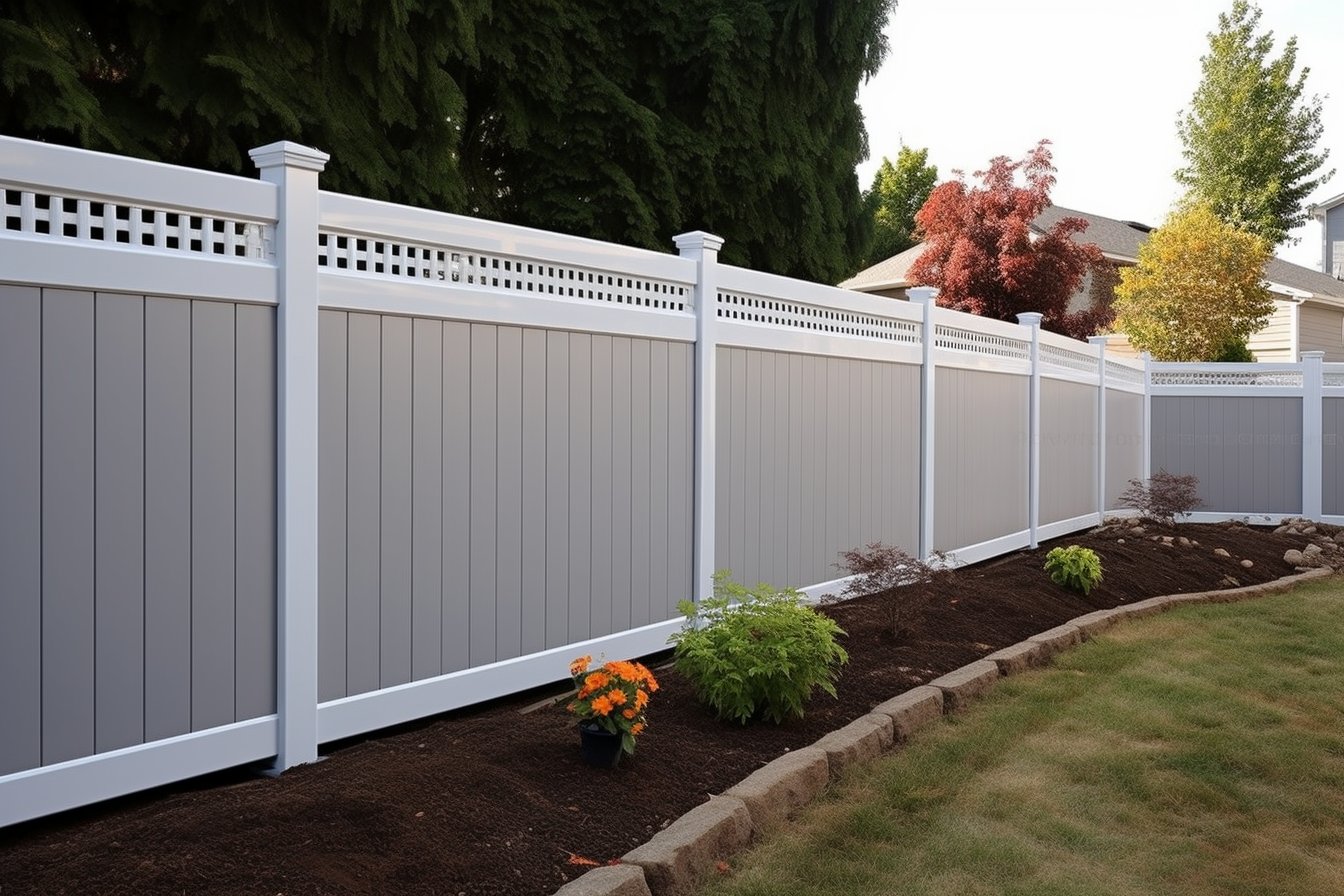Garden Fence Materials, Installation Costs, and Privacy Options
Garden fencing serves multiple purposes beyond simple property boundaries, offering privacy, security, and aesthetic enhancement to outdoor spaces. Whether you're looking to define your garden perimeter, create privacy from neighbors, or add decorative elements to your landscape, understanding the various materials, installation requirements, and maintenance needs will help you make informed decisions for your property.

Explore Top Garden Fence Materials and Designs
Selecting the right garden fence material depends on your specific needs, budget, and aesthetic preferences. Wood remains the most popular choice, with cedar and pressure-treated pine offering natural beauty and versatility. Cedar naturally resists insects and decay, making it ideal for long-term installations, while pressure-treated lumber provides cost-effective durability.
Vinyl fencing has gained popularity due to its low maintenance requirements and consistent appearance. Unlike wood, vinyl doesn’t require regular staining or painting and withstands weather conditions without warping or rotting. Metal options include aluminum, which offers lightweight durability and modern aesthetics, and wrought iron for traditional elegance and maximum security.
Composite materials combine wood fibers with plastic polymers, creating fences that look like wood but require minimal maintenance. Chain link remains the most economical option for large areas, though it provides limited privacy without additional screening materials.
Understand Garden Fence Installation Costs
Fence installation costs vary significantly based on material choice, fence height, terrain difficulty, and local labor rates. Professional installation typically includes materials, labor, permits, and basic site preparation. Additional costs may arise from challenging terrain, existing structure removal, or special gate requirements.
Several factors influence total project costs beyond basic materials. Permit requirements vary by municipality and can range from $50 to $200. Site preparation, including marking utility lines and clearing vegetation, may add $200 to $500 to your project. Corner posts and gate installations require additional hardware and labor time.
| Material Type | Cost Per Linear Foot | Installation Complexity | Typical Lifespan |
|---|---|---|---|
| Chain Link | $8-15 | Low | 15-20 years |
| Pressure-Treated Wood | $12-25 | Medium | 10-15 years |
| Cedar Wood | $20-35 | Medium | 15-25 years |
| Vinyl | $25-40 | Medium | 20-30 years |
| Aluminum | $30-50 | High | 25-40 years |
| Composite | $35-55 | Medium | 25-30 years |
Prices, rates, or cost estimates mentioned in this article are based on the latest available information but may change over time. Independent research is advised before making financial decisions.
Best Garden Fencing Options for Enhanced Privacy
Privacy fencing requires careful consideration of height, material density, and local regulations. Most residential areas allow fences up to six feet in height without special permits, though some neighborhoods have specific restrictions. Solid panel designs provide maximum privacy, while semi-private options like shadowbox or board-on-board styles offer airflow while maintaining visual barriers.
Vinyl privacy panels offer consistent coverage without gaps that develop in wood fencing over time. Composite materials provide wood-like appearance with enhanced privacy through tight panel construction. For natural privacy solutions, living fences using hedges or climbing plants on fence frameworks create attractive, eco-friendly barriers.
Height considerations extend beyond privacy to include wind resistance and structural requirements. Taller fences require deeper post installation and stronger materials to withstand wind loads. Local building codes often specify foundation requirements for fences exceeding certain heights.
Key Factors for Choosing the Perfect Garden Fence
Property assessment should begin your fence selection process. Consider your primary objectives: privacy, security, pet containment, or decorative enhancement. Evaluate your property’s topography, soil conditions, and existing landscape features that might influence installation requirements.
Climate factors significantly impact material performance and longevity. Regions with harsh winters require materials that withstand freeze-thaw cycles, while coastal areas need corrosion-resistant options. High-wind areas benefit from semi-solid designs that allow air passage rather than creating wind barriers.
Neighborhood aesthetics and homeowner association requirements may limit your material and design choices. Many communities have specific guidelines regarding fence height, materials, and colors. Checking local regulations before material selection prevents costly changes during installation.
Budget planning should include long-term maintenance costs alongside initial installation expenses. While premium materials cost more upfront, their extended lifespan and reduced maintenance requirements often provide better long-term value.
Maintain Your Garden Fence for Lasting Durability
Regular maintenance extends fence lifespan and preserves appearance regardless of material choice. Wood fences require annual inspection for loose boards, protruding nails, and signs of insect damage or rot. Staining or painting every two to three years protects wood from moisture and UV damage.
Vinyl fencing maintenance involves periodic cleaning with soap and water to remove dirt and mildew. Pressure washing effectively removes stubborn stains, though care must be taken to avoid damage from excessive pressure. Inspect vinyl panels for cracks or loose connections, particularly after severe weather events.
Metal fences need regular inspection for rust spots, loose connections, and paint deterioration. Aluminum requires minimal maintenance beyond occasional cleaning, while steel and iron benefit from annual rust treatment and repainting as needed. Lubricate gate hinges and latches annually to ensure smooth operation.
Proactive maintenance identifies problems before they require expensive repairs. Replace damaged sections promptly to prevent structural issues from spreading. Trim vegetation growing against fence panels to prevent moisture retention and pest harboring.
Garden fencing represents a significant investment in your property’s functionality and appearance. By understanding material options, installation requirements, and maintenance needs, you can select fencing solutions that provide years of reliable service while enhancing your outdoor living space.




